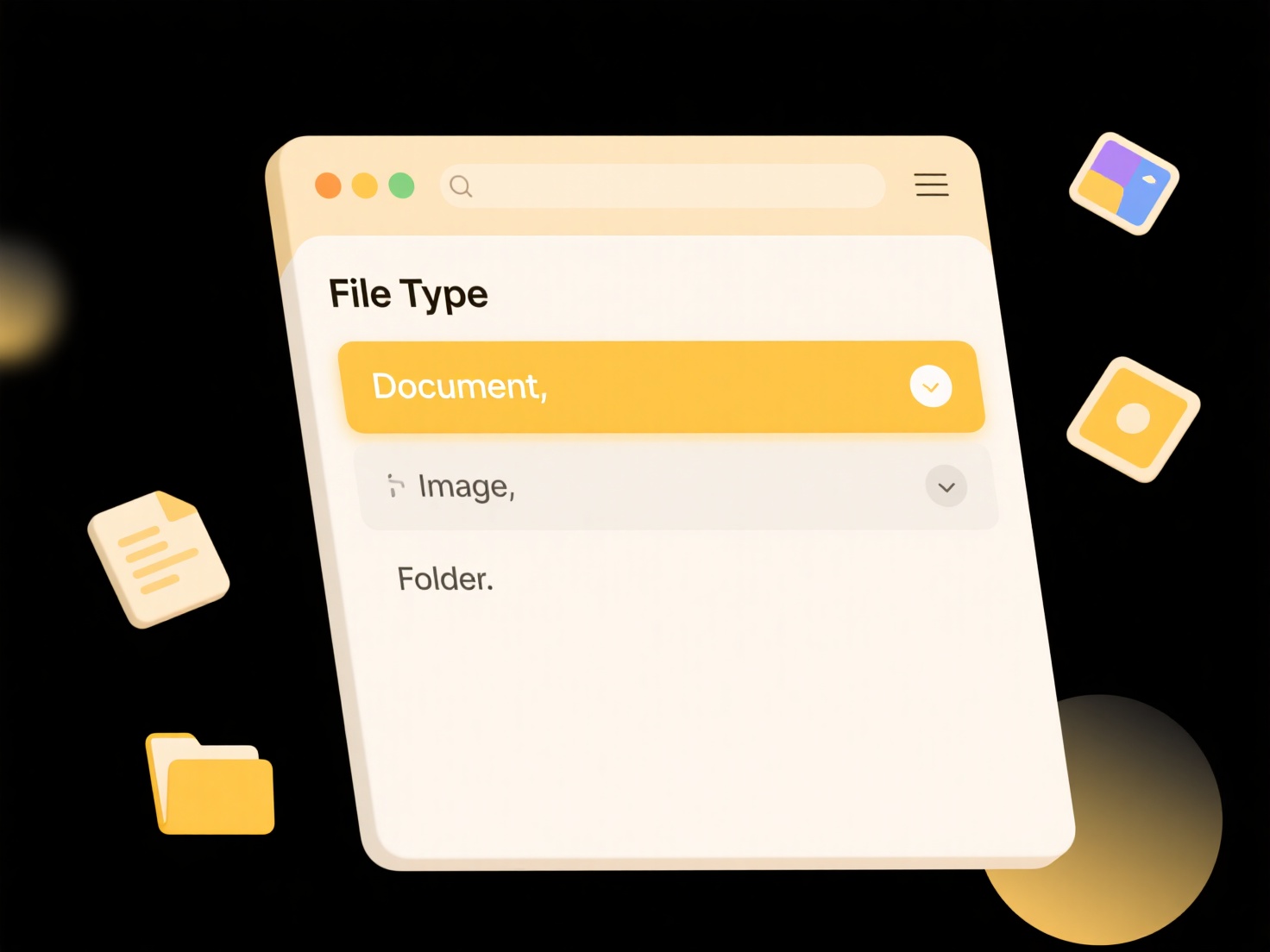
Cloud storage space refers to the amount of digital data you've uploaded to a provider's servers over the internet. It's essentially your allocated capacity for files like documents, photos, videos, and backups stored remotely. Checking your usage is crucial to avoid hitting your limit, which can block uploads or incur fees for extra space. Most providers offer a simple way to view current consumption directly within their applications or websites, typically in a user account or storage settings section, rather than needing manual calculations.
The method is consistent across major platforms. For example, in Google Drive or Google One, you'd click your profile picture, go to 'Manage your Google Account', then 'Storage' to see usage details by service (Gmail, Drive, Photos). Similarly, Dropbox users check their current usage near their profile icon in the web interface or desktop app under 'Settings'. Both provide visual breakdowns like graphs or pie charts showing total space used and available.

The primary advantage is real-time visibility, allowing proactive management. Limitations exist in how detailed the breakdown is; while some providers (like iCloud or Google) show usage per service, others might only show a total. The free tiers offered by many services (typically 5GB to 15GB) encourage adoption but fill quickly with media files. Understanding your usage helps decide if you need to delete items, buy more space, or consider alternative services.
How can I check how much space I'm using in the cloud?
Cloud storage space refers to the amount of digital data you've uploaded to a provider's servers over the internet. It's essentially your allocated capacity for files like documents, photos, videos, and backups stored remotely. Checking your usage is crucial to avoid hitting your limit, which can block uploads or incur fees for extra space. Most providers offer a simple way to view current consumption directly within their applications or websites, typically in a user account or storage settings section, rather than needing manual calculations.
The method is consistent across major platforms. For example, in Google Drive or Google One, you'd click your profile picture, go to 'Manage your Google Account', then 'Storage' to see usage details by service (Gmail, Drive, Photos). Similarly, Dropbox users check their current usage near their profile icon in the web interface or desktop app under 'Settings'. Both provide visual breakdowns like graphs or pie charts showing total space used and available.

The primary advantage is real-time visibility, allowing proactive management. Limitations exist in how detailed the breakdown is; while some providers (like iCloud or Google) show usage per service, others might only show a total. The free tiers offered by many services (typically 5GB to 15GB) encourage adoption but fill quickly with media files. Understanding your usage helps decide if you need to delete items, buy more space, or consider alternative services.
Quick Article Links
Can I link related files across folders?
Linking related files across folders creates references between files located in different directory locations without p...
How can I rename hundreds of files with sequential numbers?
How can I rename hundreds of files with sequential numbers? Adding sequential numbering is a common method for bringin...
How do I store large media files in the cloud?
Storing large media files in the cloud involves using internet-based platforms provided by companies like Amazon, Google...